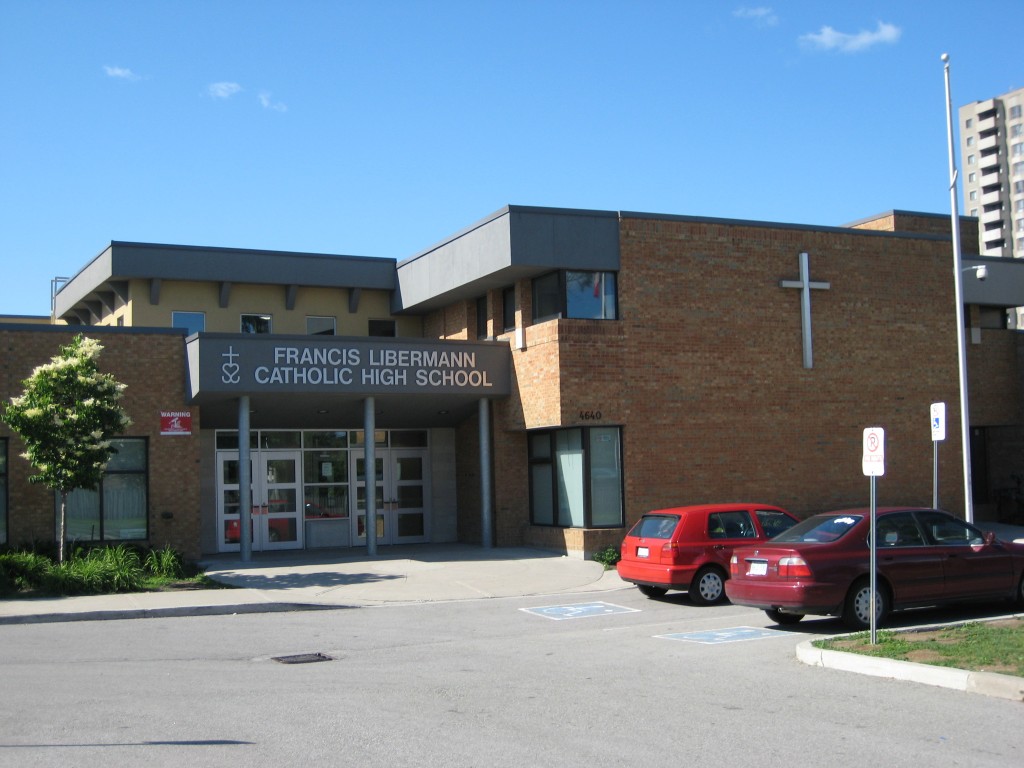
What’s lost when a Catholic school converts to a charter school
It is an interesting report from the Friedman Foundation for Educational Choice: Sector Switchers: Why Catholic Schools Convert to Charters and What Happens Next. In order to keep their doors open, in a number of cities some or many of the inner-city Catholic schools have been converted to charter schools. As charter schools, they suddenly begin to take in a significant amount of per-pupil government funding. The “switched” schools no longer charge tuition, which makes them more accessible to poor families, and with their new income stream, they can improve their offerings and facilities.
In short, they gain a lot, as do the children and families in their vicinity. But everyone also loses a lot: to become a charter school, a religious school must divest itself of its religious character and practices. Some of the switched schools try to make up for this great loss by offering religious programs outside of the school day, but that is hardly the same as schooling-curriculum, atmosphere, standards, activities-that is integrally religious.
I agree with Rick Garnett of Notre Dame Law School who writes: “As a general matter, I would strongly prefer that Catholic schools remain Catholic schools–schools where a Catholic mission and commitment pervades the entire enterprise–rather than ‘thriving charter schools in buildings that once housed Catholic schools,’ even if these charters are accompanied by various before- and after-school religious-education programs. I support the charter-school movement–very much!–but believe tax credits and scholarships are essential to a just public-education-funding regime (because what happens in Catholic schools counts as ‘educating the public’ it should be funded by the public).”
Amen (i.e., I’ve not been “switched”).
